
Forklift Drive Motors - Motor Control Centers or likewise called MCC's, are an assembly of one or more enclosed sections, which have a common power bus mostly consisting of motor control units. They have been utilized since the 1950's by the auto industry, because they used many electric motors. Now, they are used in a variety of industrial and commercial applications.
Within factory assembly for motor starter; motor control centers are somewhat common practice. The MCC's include variable frequency drives, programmable controllers and metering. The MCC's are normally seen in the electrical service entrance for a building. Motor control centers commonly are utilized for low voltage, 3-phase alternating current motors that vary from 230 volts to 600 volts. Medium voltage motor control centers are made for big motors which vary from 2300 volts to 15000 volts. These units use vacuum contractors for switching with separate compartments so as to achieve power switching and control.
In places where really corrosive or dusty processes are happening, the motor control center could be installed in a separate air-conditioned room. Normally the MCC would be situated on the factory floor next to the machines it is controlling.
A MCC has one or more vertical metal cabinet sections with power bus and provisions for plug-in mounting of individual motor controllers. Smaller controllers can be unplugged from the cabinet so as to complete maintenance or testing, whereas very large controllers could be bolted in place. Each motor controller has a solid state motor controller or a contractor, overload relays to protect the motor, circuit breaker or fuses to be able to provide short-circuit protection and a disconnecting switch so as to isolate the motor circuit. Separate connectors allow 3-phase power so as to enter the controller. The motor is wired to terminals located in the controller. Motor control centers offer wire ways for field control and power cables.
Inside a motor control center, each and every motor controller can be specified with a lot of different alternatives. Some of the options include: pilot lamps, separate control transformers, extra control terminal blocks, control switches, and numerous kinds of bi-metal and solid-state overload protection relays. They likewise have various classes of types of power fuses and circuit breakers.
Regarding the delivery of motor control centers, there are various alternatives for the consumer. These could be delivered as an engineered assembly with a programmable controller along with internal control or with interlocking wiring to a central control terminal panel board. Conversely, they can be supplied ready for the customer to connect all field wiring.
Motor control centers typically sit on the floor and must have a fire-resistance rating. Fire stops can be required for cables that go through fire-rated floors and walls.
![]() Click to Download the pdf
Click to Download the pdf
Forklift Parts

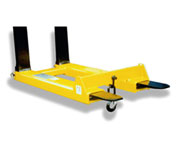
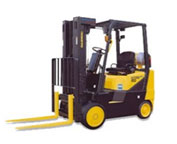
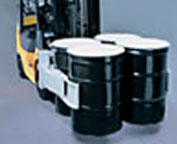
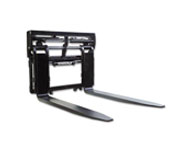
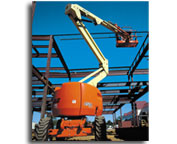
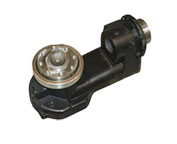
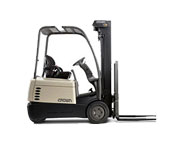
Lift Parts Express
TOLL FREE: 1-888-695-7994
forkliftpartsnebraska.com
Email Us
About Us



